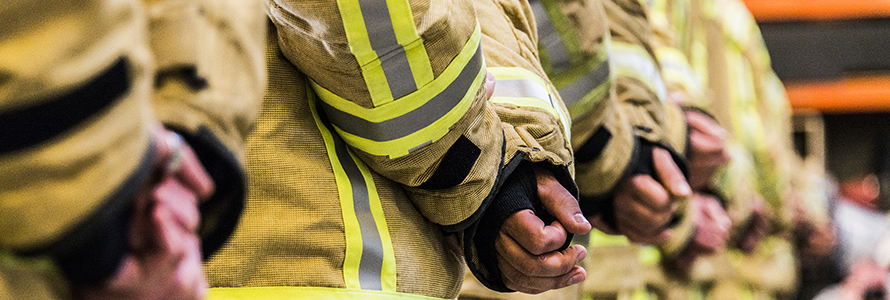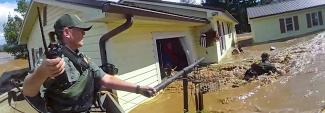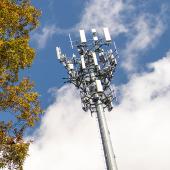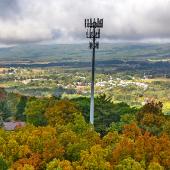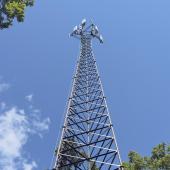This blog is a repost from the U.S. Department of Commerce’s blog, originally published in September 2020. The original article can be accessed here.
The First Responder Network Authority (FirstNet Authority) is an independent agency within the Department of Commerce’s National Telecommunications and Information Administration that oversees a communications network dedicated to emergency responders and the public safety community. The FirstNet Authority was established after the events of September 11, 2001 to create a nationwide broadband network specifically for first responders.
9/11 spurred new communication solutions
The tragedies of September 11, 2001 revealed fundamental problems within the nation’s first responder communication systems. Radios did not easily operate across different agencies, and phone lines were overwhelmed by high call volumes.
The 9/11 Commission examined the circumstances of the attacks and issued a report in 2004. The report captured the communication challenges faced by first responders and recommended creating a single communications network for all public safety agencies.
In the years after the report’s release, the public safety community worked diligently to urge Congress to pass legislation establishing a reliable, dedicated, and nationwide high-speed network for first responders. As a result of public safety’s advocacy, the FirstNet Authority was created by the Middle Class Tax Relief and Job Creation Act, signed into law in February 2012. The law allocated $7 billion and 20 megahertz of broadband spectrum to establish a network for first responders while also establishing the FirstNet Authority to ensure the buildout, operation, and maintenance of that network.
A nationwide communications network for public safety
Since 2012, the FirstNet Authority has collaborated with states, territories, and tribal governments to understand and incorporate public safety’s unique communication needs into the network’s plans. Today, pubic safety’s nationwide broadband network, called FirstNet, is a reality.
Launched in 2018, FirstNet is built through a first-of-its-kind private-public partnership with AT&T. Now, two and a half years into the five-year initial buildout, first responders throughout the country are using FirstNet to save lives and keep communities safe.
One of FirstNet’s priorities is expanding coverage for first responders in rural areas of the country. When tornadoes ripped through rural northeast Arkansas in March, FirstNet powered the response efforts. “After the tornado passed, [the area] was inundated with first responders from all over. My FirstNet service was never interrupted, no dropped calls or call failure, and the internet was spot on,” said City of Bay Chief of Police Paul Keith.
Fostering innovations in response and resiliency technologies
FirstNet offers benefits beyond a dedicated wireless connection. The network has a growing list of apps, devices, and capabilities that are innovative, reliable, accessible, and secure.
The Junction City Fire Department in Kansas is part of regional search and rescue task force that responds to disasters using a smartphone app connected via FirstNet. When canvassing a disaster’s damages, injuries, and hazards, the team uses the app to share assessments in real-time. If one team determines a bridge is unsafe, all other teams know immediately and can re-route traffic. In the past, canvassers would return to headquarters to import information. With FirstNet, search and rescue teams have the benefit of real-time information.
Building the future of emergency communications with public safety
With more than 13,000 subscribing agencies and over 1.5 million connections, FirstNet is growing. The FirstNet Authority continues to work hand-in-hand with the public safety community to modernize public safety communications and keep America safe every day and in every emergency.


